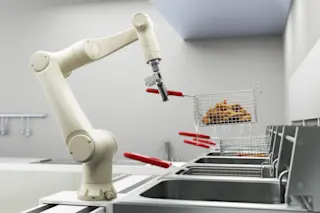While robots with a human touch are still not a common sight, they are slowly appearing in public. For years, recreating the softness sensation of a person’s touch remained the ultimate technological challenge for humanoid robot scientists. Recent innovations effectively address these constraints, showing a glimpse of a future where robots can interact with humans in more advanced ways.
Robots have long been synonymous with cold, mechanical precision — soulless machines doing a set of predefined tasks. Incorporating human-like features, such as gestures and natural language processing, has revolutionized how humans interact with robots.
Researchers are now pushing the boundaries of robotics to develop machines that can better connect with humans through soft touch. Compared to other forms of non-verbal communication, touch primarily conveys emotions and can elicit a wide range of responses and even experiences. This development unlocks a new era of interaction driven by emotional intelligence.
The ability ...














